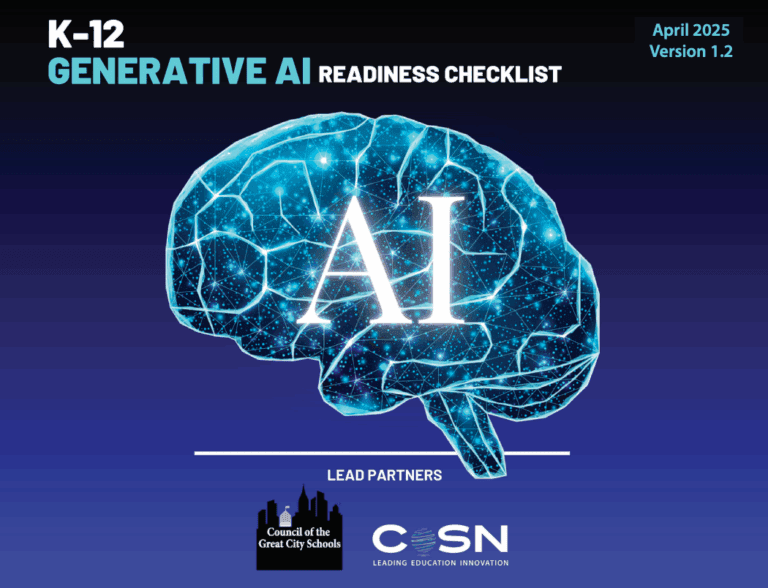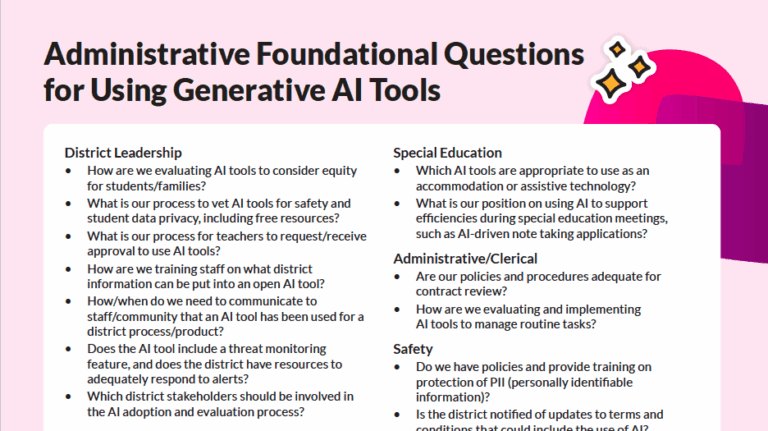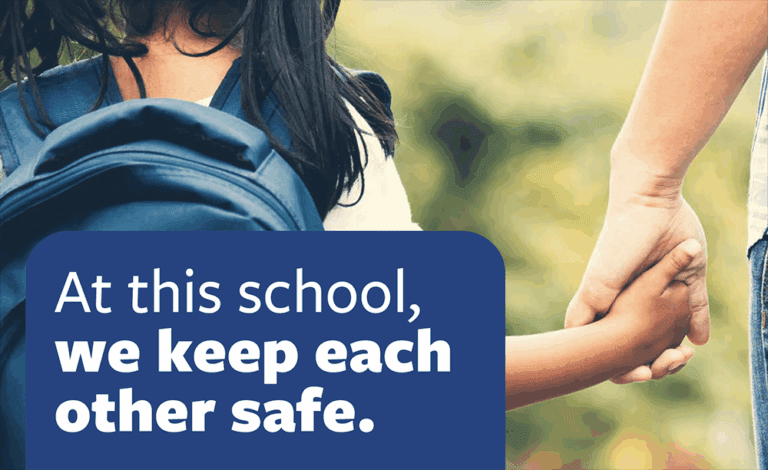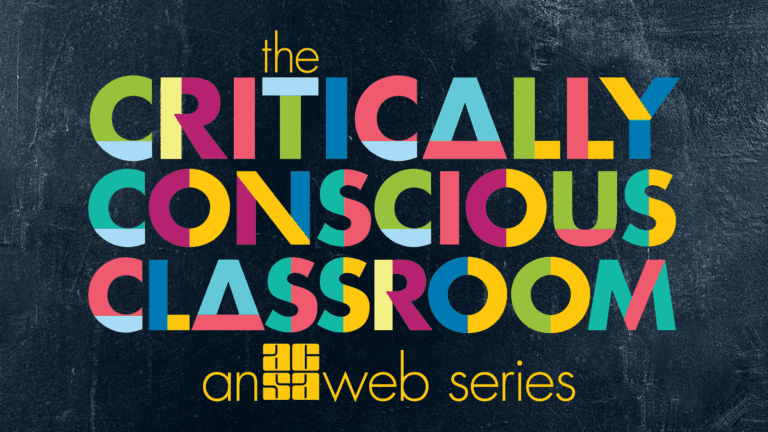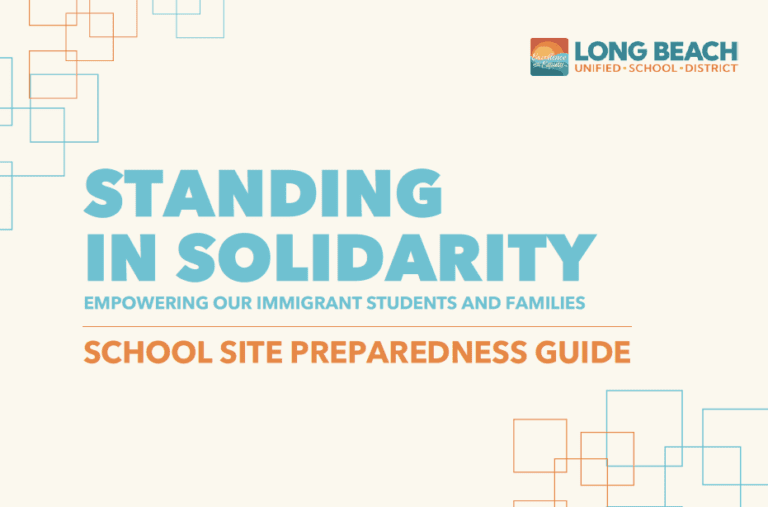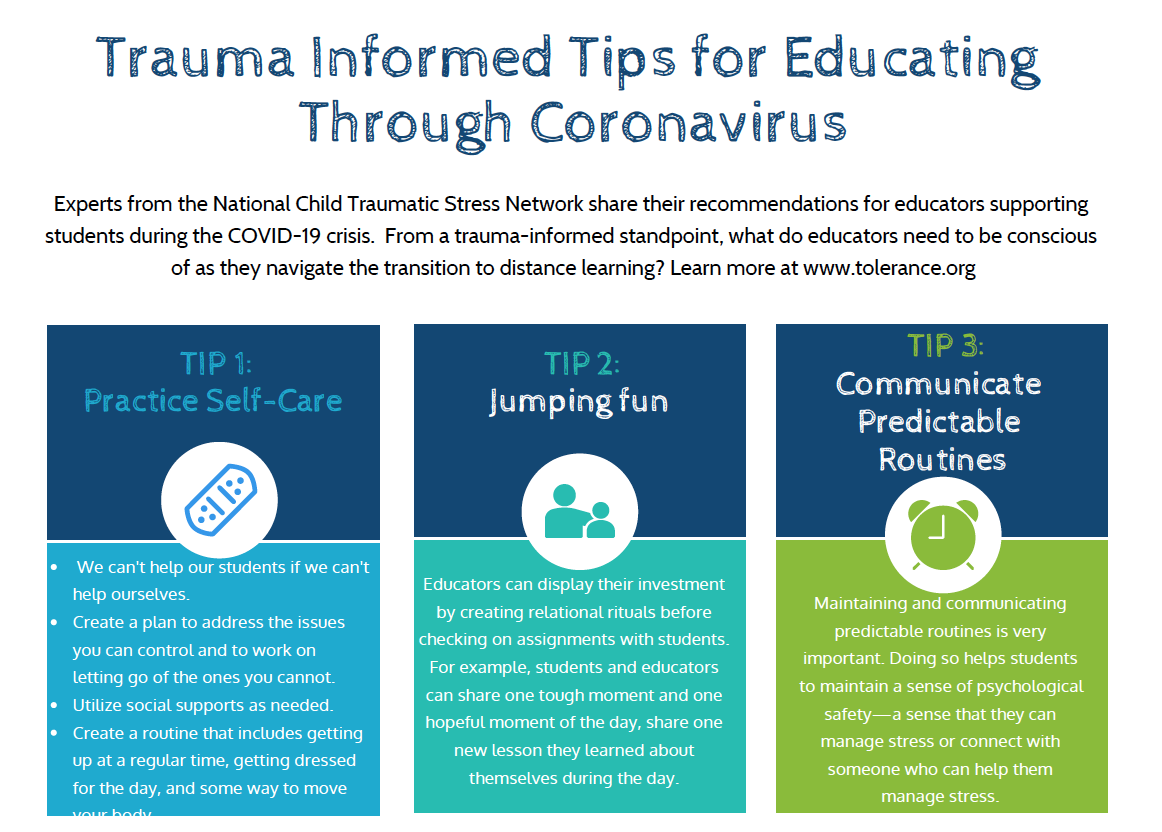Adapted from information presented at the 2017 ACSA Every Child Counts Symposium by Amy R. Levine, Sarah Sutherland, and Rose Tagnesi, Grossmont Union High School District
“A traumatic event is one that threatens injury, death, or the physical integrity of self or others and also causes horror, terror, or helplessness at the time it occurs. Traumatic events include sexual abuse, physical abuse, domestic violence, community and school violence, medical trauma, motor vehicle accidents, acts of terrorism, war experiences, natural and human-made disasters, suicides, and other traumatic losses.”
– Update on Children and Trauma, American Psychological Association, 2008
Did you know that more than two-thirds of children report experiencing some type of traumatic event by age 16? The APA writes:
“The majority of children and adolescents manifest resilience in the aftermath of traumatic experiences. This is especially true of single-incident exposure. Youths who have been exposed to multiple traumas, have a past history of anxiety problems, or have experienced family adversity are likely to be at higher risk of showing symptoms of posttraumatic stress. Despite exposure to traumatic events and experiencing short-term distress, most children and adolescents return to their previous levels of functioning after several weeks or months and resume a normal developmental course. This resilience typically results in a reduction in both psychological distress and physiological arousal.”
Types of trauma
- Acute Trauma: A single time limited event
- Chronic Trauma: Multiple traumatic exposures and/or events experienced over time
- Complex Trauma: Multiple traumatic events and the impact of exposure to these events
- Toxic Stress: Adverse experiences that lead to strong, frequent, or prolonged stress
- Secondary/Vicarious Trauma: Exposure to the trauma of others by providers, family members, partners or friends in close contact with the traumatized individual
When Kaiser and the CDC studied Adverse Childhood Experiences (ACEs) and their effect on adults, the number of ACEs was strongly associated with adulthood high-risk health behaviors (smoking, alcohol and drug abuse, promiscuity, obesity) and was correlated with ill-health, including depression, heart disease, cancer, chronic lung disease, and shortened lifespan.
ACEs can include physical abuse, sexual abuse, emotional abuse, physical neglect, emotional neglect, witnessing violence, household substance abuse, household mental illness, parental separation or divorce, and/or having an incarcerated family member.
Diagnosing trauma
The Diagnostic and Statistical Manual of Mental Disorders includes diagnostic criteria for trauma and stress-related disorders, where exposure to a traumatic or stressful event is listed explicitly as a diagnostic criterion. These include reactive attachment disorder, disinhibited social engagement disorder, post-traumatic stress disorder (PTSD), acute stress disorder, and adjustment disorders. Some believe these lead to qualification for special ed. under Emotional Disturbance, and sometimes other categories.
Individuals must meet a number of diagnosis criteria, including exposure to a particular type of stressor – meaning that the person was exposed to actual or threatened violent or accidental death, actual or threatened serious injury, actual or threatened sexual violence. The exposure could have been as a witness, direct, or indirect. Indirect exposure can be learning that a close relative or close friend was exposed to trauma.
Repeated or extreme indirect exposure to aversive details of the event(s), usually in the course of professional duties (e.g., first responders, collecting body parts; professionals repeatedly exposed to details of child abuse). This does not include indirect non-professional exposure through electronic media, television, movies, or pictures.
Effects of trauma
A developing brain affected by trauma can become over-sensitized to any potential stimulus that might cue a threat. Ordinary encounters can be perceived as threatening, triggering hyper-aroused “fight or flight” or a dissociative “freeze” mode where the child appears detached, numb, and avoidant. Repeated trauma makes it harder for the brain to return to its normal equilibrium.
Traumatized children may have diminished capacity for cognitive control, attention, memory, response inhibition, and emotional reasoning. They may have a harder time with listening and processing information. Their reactions to small events may be disproportionate.
Studies of children living in poor inner-city neighborhoods document extremely high rates of exposure to trauma (70-100%), a major public health concern. In addition to normal childhood stress, children in these circumstances are often exposed to violent crime in their neighborhood or school, gang and drug activity, house fires, victimization, incarceration or death of family, or maltreatment.
Because feeling safe and secure is a prerequisite for healthy emotional development and general welfare, many children growing up in urban poverty exhibit distress. Their reactions to trauma include increased monitoring of their environment for dangers, anxiety when separated from trusted adults, irritability, and aggression, or increased need for affection, support, and reassurance. In the short term, such reactions may signal appropriate upset and serve as strategies for successful adaptation. However, the persistence of the reactions or interference with functioning may be labeled as posttraumatic stress symptoms (PTSS), which progresses to PTSD in 24-34% of children exposed to urban community violence. Comorbidity with other mental health problems also is likely.
ASD is characterized by the development of severe anxiety and other symptoms that occur within one month after exposure to an extreme traumatic stressor (like witnessing a death or serious accident). As a response to the trauma, the individual develops dissociative symptoms.
Individuals with ASD have a decrease in emotional responsiveness, often finding it difficult or impossible to experience pleasure in previously enjoyable activities, and frequently feel guilty about pursuing usual life tasks. A person with ASD may experience difficulty concentrating, feel detached from their bodies, experience the world as unreal or dreamlike, or have increasing difficulty recalling specific details of the traumatic event (dissociative amnesia).
In addition, at least one symptom from each of the symptom clusters required for PTSD is present. First, the traumatic event is persistently re-experienced (recurrent recollections, images, thoughts, dreams, illusions, flashbacks, a sense of reliving the event, or distress on exposure to reminders of the event). Second, reminders of the trauma (places, people, activities) are avoided. Finally, there is hyperarousal in response to stimuli reminiscent of the trauma (difficulty sleeping, irritability, poor concentration, hypervigilance, an exaggerated startle response, motor restlessness).
For ASD to be diagnosed, the problems noted above must cause clinically significant distress or impairment in social, occupational, or other areas of functioning, or impair the individual’s ability to pursue some necessary task, such as obtaining necessary assistance or mobilizing personal resources by telling family members about the traumatic experience.
Disturbance in a case of ASD must last for a minimum of 3 days and a maximum of 4 weeks and must occur within 4 weeks of the traumatic event. Symptoms cannot be the result of substance use or abuse, caused by or an exacerbation of a general or preexisting medical condition, or better explained as a Brief Psychotic Disorder.









